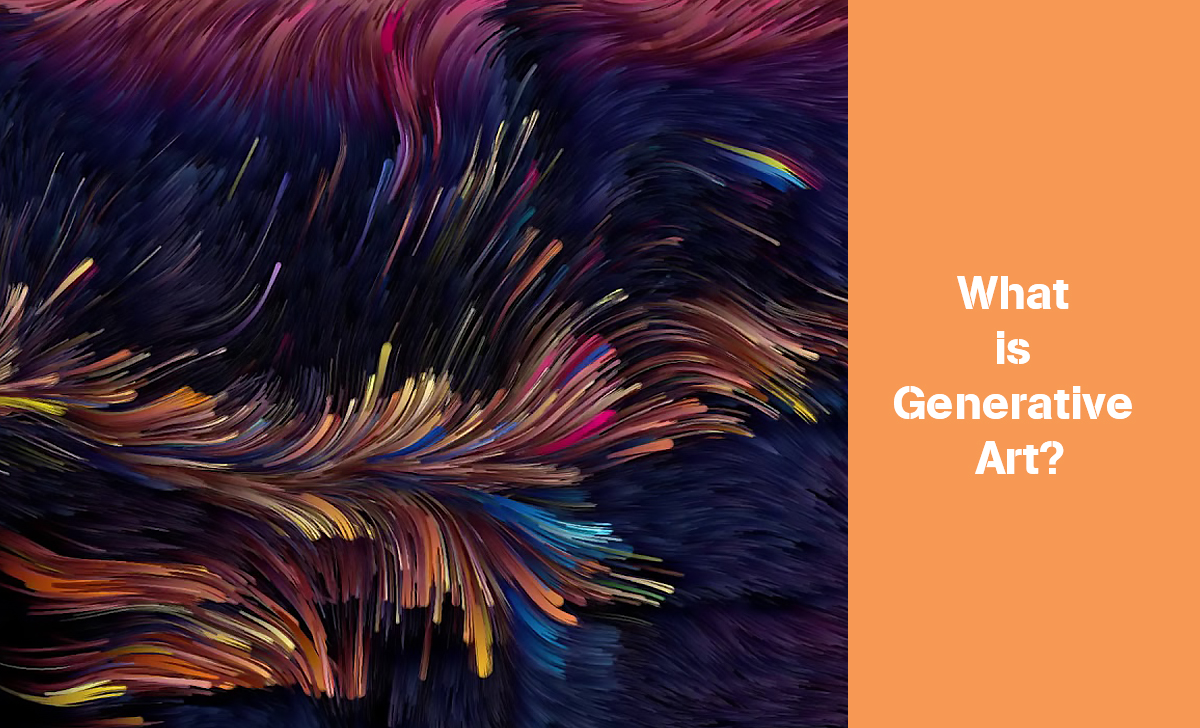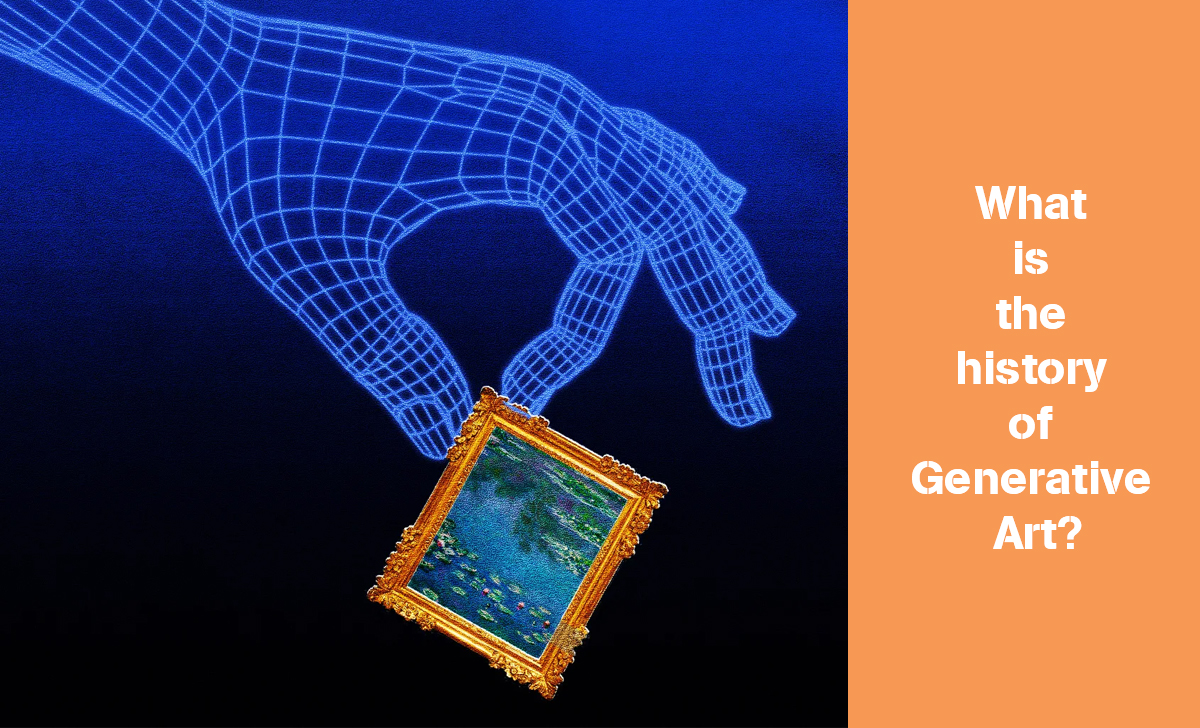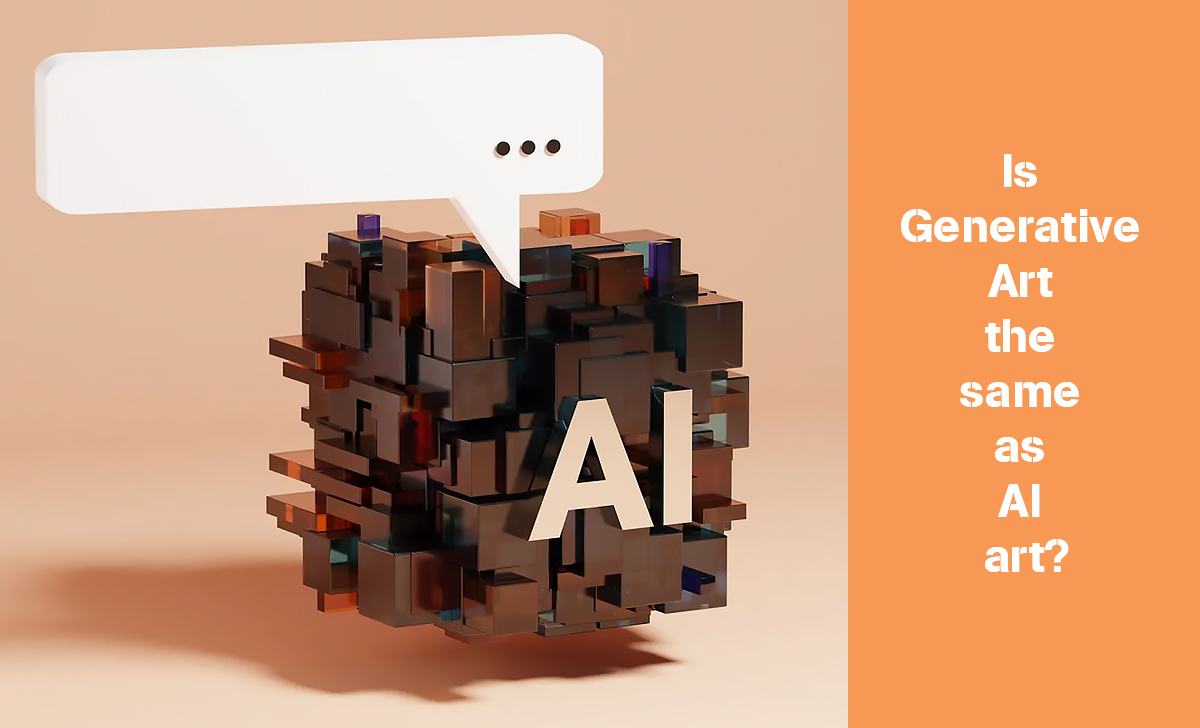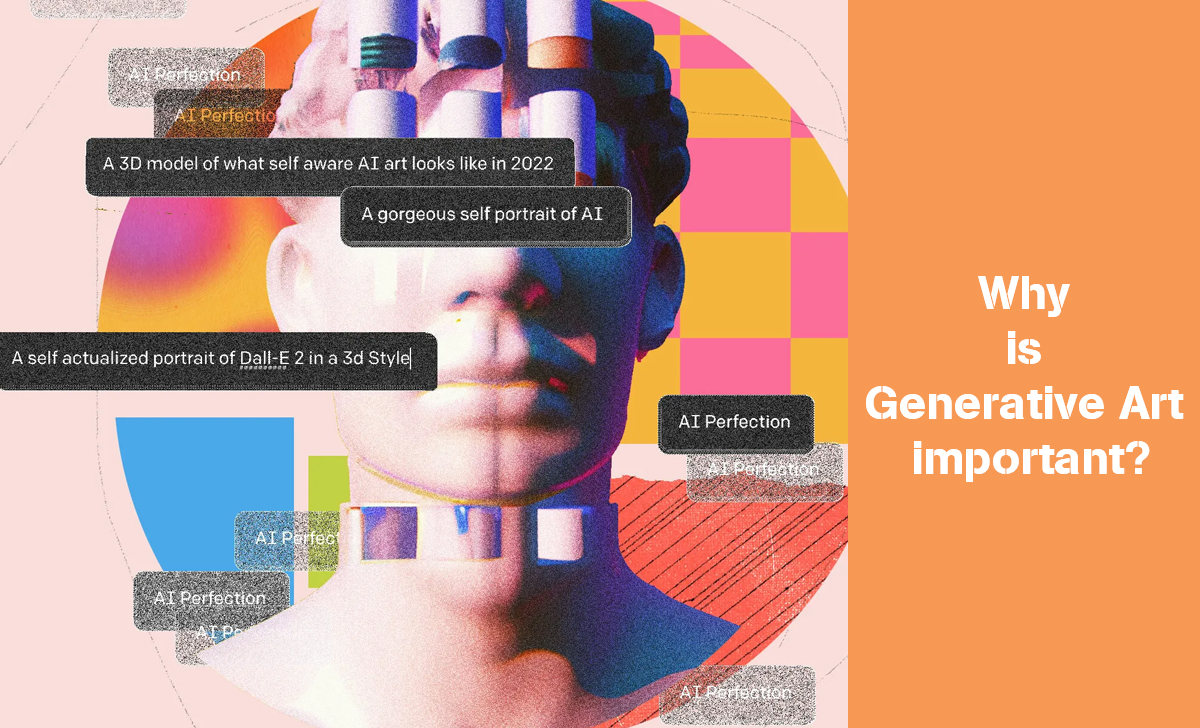Generative Art is a form of art created through an algorithmic process. Instead of the artist manually creating each piece, they design a set of rules or instructions that a computer can use to generate the artwork.
To help you better understand Generative Art. Please join AZcoin to learn about it right away through the following content!
What is Generative Art?

Generative Art is a type of art created with the use of an autonomous system, often a computer program or algorithm. This system follows a set of rules or instructions to generate unique artwork, eliminating the need for direct human intervention in every detail.
Key characteristics of generative art:
- Autonomous systems: Art is created by a system that can make decisions or choices without constant human input.
- Rules or algorithms: These systems follow specific guidelines or instructions to produce the artwork.
- Unique outcomes: Each generated piece is often distinct and unpredictable, even if based on the same underlying rules.
- Variety of forms: Generative art can take many forms, including visual art, music, literature, and more.
What is the history of Generative Art?

Generative Art, a form of art created by an artist using a system of rules or algorithms, has a history that stretches back to the mid-20th century. Here’s a brief overview:
Early Pioneers (1950s-1960s):
- John Whitney: A trailblazer in computer animation, Whitney used analog computers to create evolving abstract geometric forms.
- Vera Molnar: A Hungarian artist who experimented with grid-based systems and algorithms to produce intricate patterns and compositions.
The Rise of Digital Art (1960s-1970s):
- Georg Nees and Frieder Nake: Pioneering German artists who used algorithms to create and exhibit computer-generated art.
- Sol LeWitt: Although not solely a generative artist, LeWitt’s conceptual art involved systems and instructions that others could execute, introducing a generative process.
The Advent of Personal Computers (1980s-1990s):
- Karl Sims: A digital art pioneer who used computer algorithms to create intricate, nature-inspired forms.
- Harold Cohen: Developed the “Aaron” program, an early example of AI in generative art, capable of producing drawings and paintings.
The Digital Age (2000s-Present):
Generative art has surged in popularity thanks to online platforms like Art Blocks and OpenSea, making it easier for artists to create and sell their work. The integration of AI tools in art is also growing, allowing artists to explore new creative possibilities and challenge traditional ideas of authorship.
Generative art is evolving as artists explore new techniques, materials, and concepts, pushing the boundaries of technology and creativity. The field is marked by diversity and experimentation.
Is Generative Art the same as AI art?

While the terms are often used interchangeably, there’s a slight distinction:
- Generative art: Uses algorithms or code to create art, but doesn’t necessarily involve deep learning or neural networks. It can be as simple as a program that randomly generates colors and shapes.
- AI art: Specifically refers to art created using artificial intelligence techniques, such as machine learning and deep learning. This often involves training neural networks on large datasets to learn patterns and generate new content.
Find out more about some other AI tools that are currently gaining attention, such as: Deep Neural Networks, Digital Art, Artificial Intelligence Art…
Why is Generative Art important?

Generative art is significant for several reasons:
- Exploration of New Boundaries: It challenges traditional notions of art by utilizing algorithms and technology to create pieces that would be impossible or impractical by hand. This pushes the boundaries of artistic expression and exploration.
- Infinite Possibilities: Generative art offers an infinite number of variations within a given set of parameters, allowing for endless exploration and discovery. This can lead to unexpected and visually stunning outcomes.
- Collaboration Between Art and Technology: It fosters collaboration between artists and technologists, bridging the gap between creativity and computation. This intersection can lead to innovative and groundbreaking works.
- Reflection on Technology and Society: Generative art can be used to explore themes related to technology, artificial intelligence, and the nature of creativity itself. It can raise important questions about the role of technology in society and the future of art.
- Accessibility and Democratization of Art: With the rise of digital platforms, generative art can be more accessible to a wider audience. This can help to democratize art and make it available to people who may not have traditionally had access to galleries or museums.
Conclusion
In conclusion, generative art represents a groundbreaking approach to artistic creation that has the potential to redefine our understanding of art and its role in society. As technology continues to advance, we can expect to see even more innovative and inspiring works emerge from this exciting field.
So together we have gone through all the most comprehensive and easy-to-understand content for Generative Art. Hope you enjoy this content and see you again in other even more interesting content at AZcoin.

I am Tony Vu, living in California, USA. I am currently the co-founder of AZCoin company, with many years of experience in the cryptocurrency market, I hope to bring you useful information and knowledge about virtual currency investment.
Email: [email protected]











